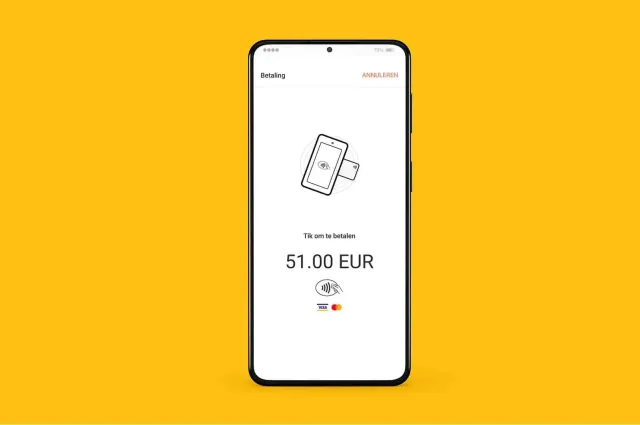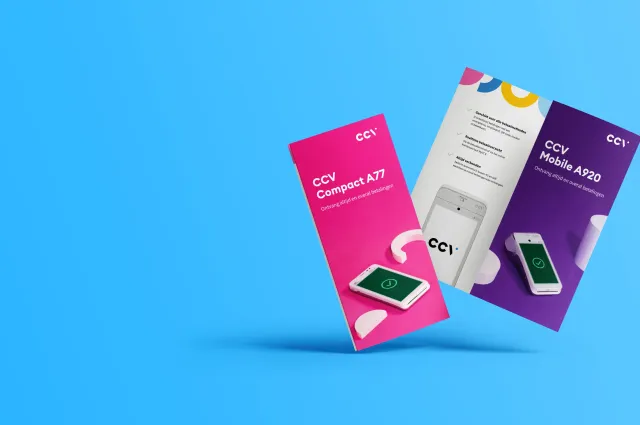
Welcome to CCV
Empowering payments
Enabling reliable, efficient and seamless end-to-end payments at every touchpoint in a customer journey. That’s what we’re all about at CCV. We’re the experienced, future-proof payment partner for companies and entrepreneurs throughout Europe and beyond. Together, we unlock the power of payment.
- Reliable
- Future-proof
- Connected
- Experienced
Customers
Terminals
Years of experience
Let's get started
Payment terminals
Mobile, counter terminals, solutions for self-service machines or smart Android-based terminals.
Payment services
When online and offline commerce merge into multiple payment flows, you need a payment service provider that can handle both
Service & Support
Do you have support questions about our payment terminals or solutions?
SME & Large enterprises
With our payment solutions and services, we are at home in many industries and enrich the customer journey with the payment component.
Business services
Enhance your customer journey with our different business services. Get to know our loyalty programme and all-in-one onlineshop.
Developer portal
In our Developer Portal you will find an overview of our available APIs.
Documentation
Here you will find all product-relevant information, such as technical leaflets and instructions as well as repair forms and on our products and solutions.
Our customers

Thanks to CCV, we have a unique and fast solution with CCV SoftPOS for concluding telecom subscriptions. Speeding up the conclusion of telecom subscriptions and enabling contactless payments has increased the throughput. Waiting times have been reduced and that makes the experience much nicer for customers.

If we have a new challenge including new software or hardware, then we get together with CCV and can call on their support. An advantage of the long-standing cooperation: CCV knows our processes and the lines of communication are short. So customisation is always provided when required.



























